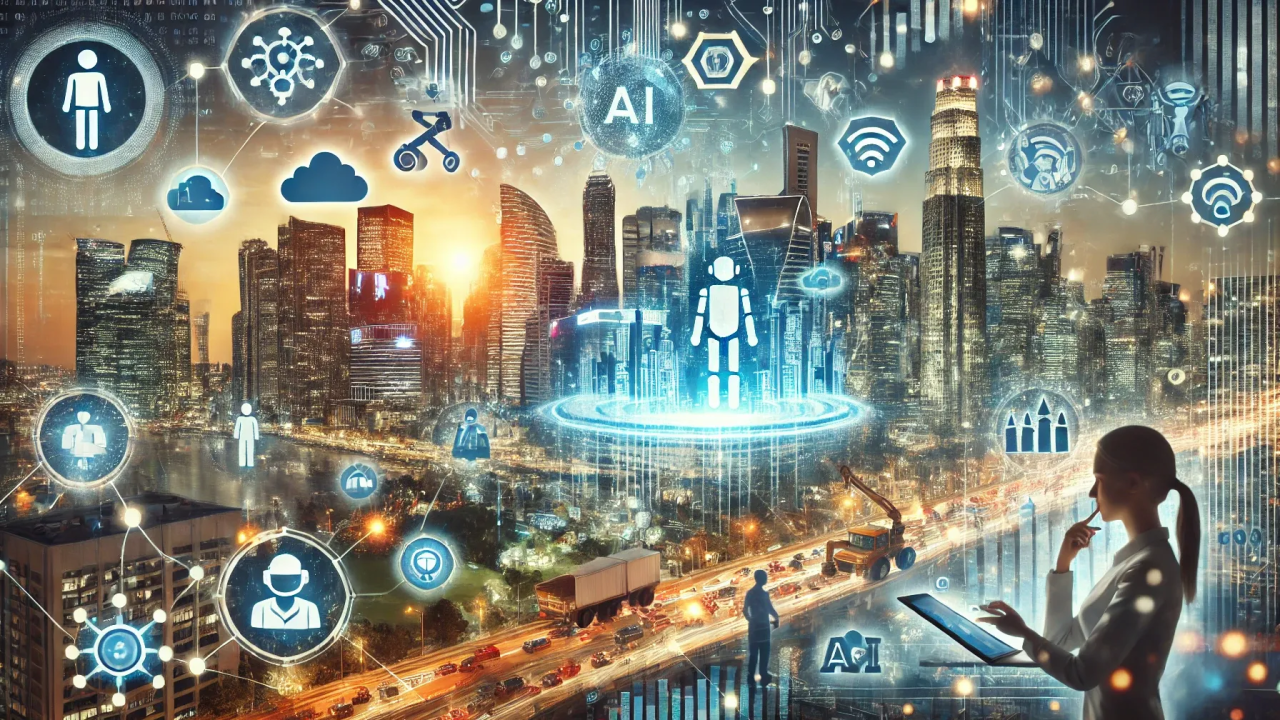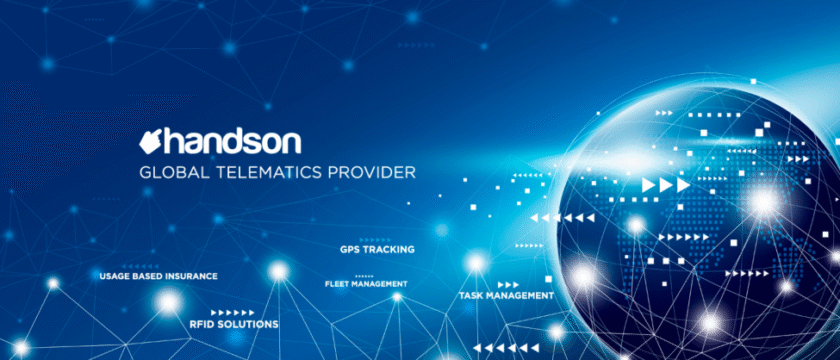Breakthrough research introduces a “model-free” artificial intelligence that can stabilize a cornerstone theory of economic growth, even with imperfect and incomplete data.
A global group of researchers developed a novel artificial intelligence (AI) method to oversee one of economics’ most fundamental—and notoriously complex—growth models. The breakthrough could transform how governments and central banks make policies to guide economies toward stable, sustained growth.
The study is focused on the Uzawa-Lucas model, a basic theory that explains how physical capital (e.g., factories and machines) interacts with human capital (e.g., education and skills) to drive economic growth. While useful for explaining growth, the model’s nonlinearity also makes it extremely difficult to control, especially if the key economic parameters are uncertain or in flux.
The Challenge: Steering an Economy with a Fuzzy Map
Traditional control methods require a highly precise mathematical “map” of the economy. In the real world, however, the map is occasionally incomplete or outdated. Policymakers never have ideal information, and it is hard to apply theoretical models to exact stabilization.
“The problem is uncertainty,” Dr. Gerasimos Rigatos, principal author of the research, explained. “Economic systems are dynamic, and their parameters can change. We needed a controller that doesn’t need a perfect model to function.”
The Solution: An AI Economic Autopilot
To counter this, Dr. Rigatos and scientists from Greece, Tunisia, and Italy created what they describe as a flatness-based adaptive fuzzy controller. It is basically an AI system that acts as an economic autopilot.
The innovation works on several levels:
Mathematical Simplification: The team proved that the Uzawa-Lucas model possesses a property called “differential flatness.” This allows the complex, knotted system to be reformulated into a simpler, linear one far easier to control.
AI That Learns on the Fly: The controller uses a neuro-fuzzy AI to learn the unknown dynamics of the economy on the fly in real time. It doesn’t need a pre-programmed model; it learns the economy’s behavior as it goes along.
Working with Imperfect Information: The program uses a “state observer”—a kind of virtual economic dashboard—to deduce variables that have to be estimated indirectly. It requires feedback from only a single economic output, making it highly practical for real-world use.
The control signal generated by the AI can be considered as a key policy tool, e.g., a central bank discount rate, automatically determined to move the economy towards a pre-chosen target.
Proven Stability
Above all, the researchers provided rigorous mathematical proofs that their method guarantees global stability. This guarantees that the AI controller can reliably steer the economic model back to its target trajectory irrespective of initial conditions or uncertainties.
“This technique is robust and versatile,” Dr. Rigatos said. “It renders the Uzawa-Lucas model a tool that is actionable, not just descriptive, for stability analysis and policy design.”
Implications and Future Work
Despite being tested by large-scale computer simulations, the research opens up a completely new class of AI-enabled economic tools. The “model-free” nature of the approach means that it could potentially be used to stabilize other complex macroeconomic models to help policymakers simulate the effects of interventions for everything from sustainable growth management to the management of economic transitions.
The study is a significant leap towards using advanced AI not just to forecast economies, but to actively and regularly stabilize them.
TunisianMonitorOnline (Editorial Staff)




